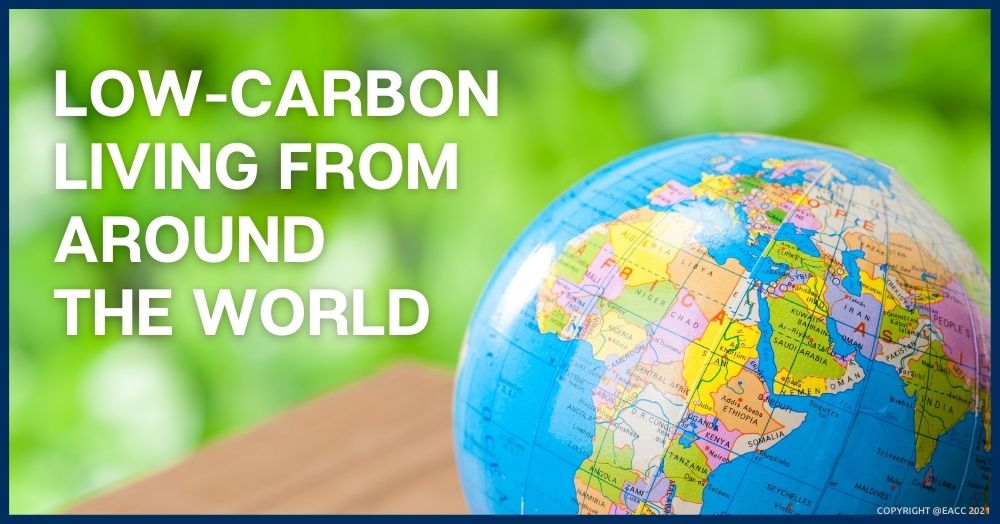
With the interest raised by the COP26 summit highlighting the desperate need to cut carbon emissions, housing sustainability has become a hot topic.
In the UK, there’s been lots of talk about using new technology to help reduce our carbon footprint.
Given the average UK household emits 2.7 tonnes of CO2 a year from heating their home*, it certainly makes sense to utilise tech, where we can, to save the planet.
But sustainable housing isn’t a new concept; some communities around the world nailed it long ago.
Coober Pedy, South Australia
Locals in this outback town spend their days prospecting in underground opal mines and their nights eating, drinking, and sleeping in spacious caves carved from the bone-dry earth.
While this style of subterranean living is every claustrophobe’s nightmare, it saves on heating and cooling bills.
Temperatures in the dugouts remain stable at between 19 and 25°C. So, when the mercury exceeds 40°C in summer (it once hit 47.8°C), residents remain cool underground.
And on chilly winter nights when temperatures drop to 6°C, Coober Pedy locals are cosy below deck.
Greater World Earthship Community, New Mexico, US
The New Age residents of this remote community in El Prado live in brightly coloured ‘Earthships’.
These homes are built from natural and recycled materials and look like something you’d find on the set of a Hobbit film.
As they’re built into the landscape and partially covered in earth, Earthships have a high thermal mass, meaning temperatures inside remain consistent.
Earthships also produce electricity and utilise recycled greywater.
Botswana, Africa
Some people in Botswana still live in traditional circular huts made of mud, clay, grass, and cow dung.
This combination of local materials creates a sturdy structure that keeps out the African heat.
Clay is a good insulator, mud is porous (allowing the breeze to pass through it), and cow dung acts as a stabiliser.
Lessons for the UK
While each of these housing types is unique, they all have two things in common.
They make use of local materials and the natural landscape, and they have a high thermal mass – or in other words, they’re well insulated.
From all of us here at Martin & Co, thanks for reading.
*Figures from the Committee on Climate Change



